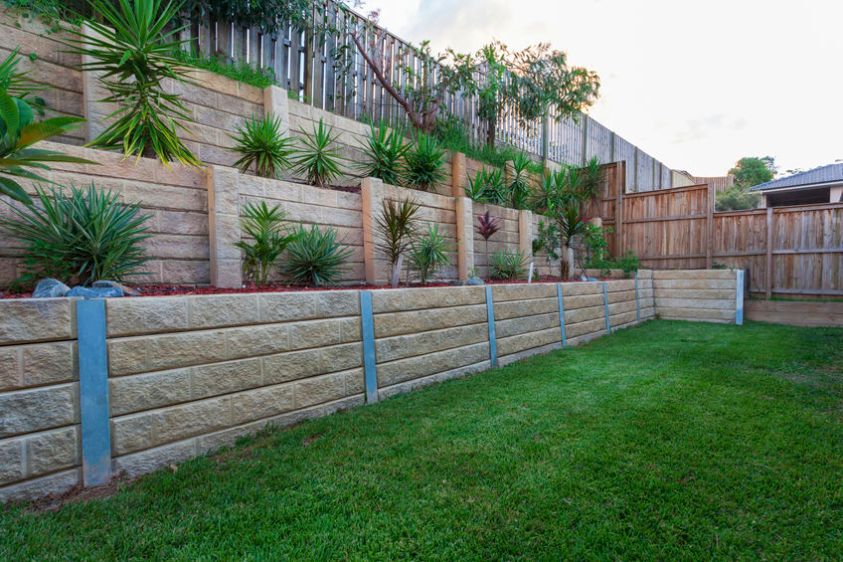Types of Retaining Walls
Retaining walls are a great way to deal with sloping land and they come in many different shapes, sizes, and materials. Retaining wall North Vancouver is always a good solution for sloping land!
There are three basic categories to consider when thinking about how much slope you’re trying to protect or contain before it causes problems like erosion. They include dry stack (made out of concrete), wet set (concrete with rebar) and modular/precast panels (also known as block). Each type has its own level of difficulty in terms of installation and DIY availability..
The first category is the simplest: Dry Stack Retaining Walls. These can be made from bricks, steel pipe, blocks or even stones that have been mortared together into an assembly called a masonry unit which then gets backfilled with soil.

The next category is wet set retaining walls, which involve a few more steps because the concrete has to be mixed and then poured into forms before being allowed to dry. These are generally seen in public works projects where the expense of labor isn’t an issue or on small-scale DIY projects because they’re easy enough for one person to manage with some basic construction skills and tools.
And finally there’s modular/precast panels, which are typically preformed units that get shipped by truck from factory production sites directly onto the site needing protection against erosion or other slope issues. They can come in either wood (solid timber frame) or steel (steel studs with plywood skins). Generally these types of products need minimal installation time and don’t require a lot of special skills or tools.
They are all great ways to deal with a slope but each has its own advantages and disadvantages. The best solution for your particular needs will depend on the size of the area to be protected, how much soil you need to fill in or remove, whether or not there is any water nearby (as this can affect which type of retaining walls are appropriate), as well as personal preferences about ease of installation/maintenance.

